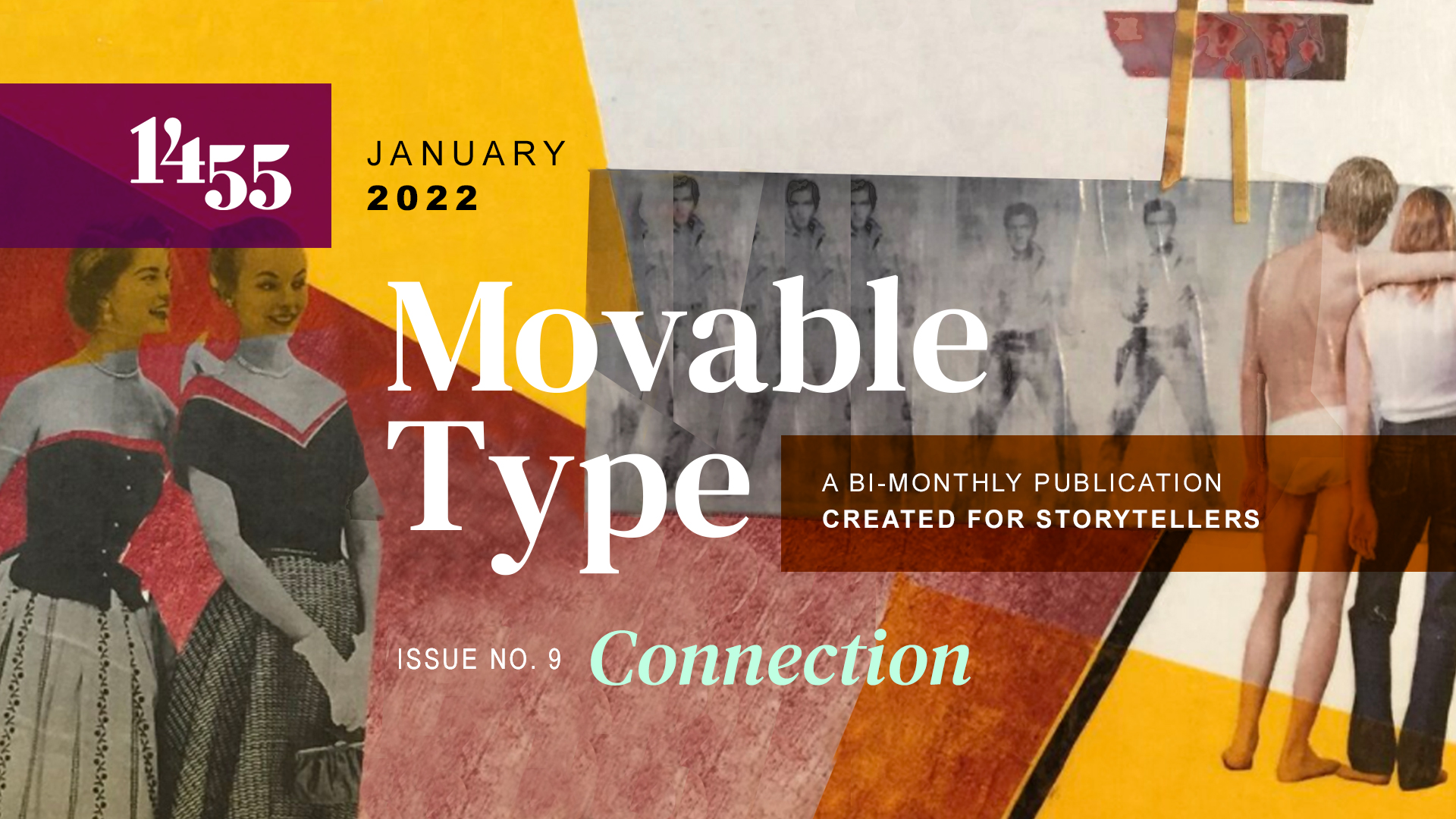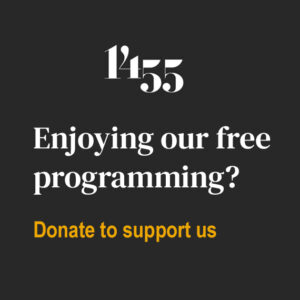Hayley F. Hoffman, MA, LPC
Conscious Connection Requires
a Fitness Plan
Conscious connection is the difference between creating safety in my relational space and selecting survival. We are wired with two biological imperatives: connection and survival. Survival is the evolutionary precursor to connection and therefore the neurobiologically more familiar path. Moving out of the unconscious reactive way we relate to each other is an invitation to know yourself more intimately so that you can show up consciously and intentionally in the relational space between us.
In my experience, relationships are the most rewarding challenging thing we do. This is true of parent-child, professional, sibling, besties, and the most intimate relationship I have with my beloved. Needing that relationship to be safe enough for me to show up in all my messy authentic-ness is risky at best. What if he is not available, not aware, not comfortable when I need him? What happens when she is focused on her job, the kids, her family, herself? How can we reset the balance of the relationship to the stable connection in which we thrive, grow, and succeed between and beyond the circle of “us?” What if I were intentional about making the space between us safe and loving? What would happen if I did this in small acts every day?
What am I doing to get what I want in my relationship? Is it working? We are wired to adapt to the environment we live in, especially the relational spaces we navigate. We are unconsciously attracted to people who carry some familiar sense of our own history. My husband often says that he married his dad in his first marriage and his mom in his second marriage. Me, I find partners who offer me a fine blend of my father’s intelligence, musicality, logic, and reason, along with a flavor of emotional stoicism. I long to be cared for while also knowing that I am completely self-reliant.
Self-reliance is the adaptation of my childhood that I carry into my adult relationships. People are attracted to me when I do not need anything from them. In fact, the less I need, the more I am pursued. My can-do attitude is a protective shield against being alone, unlovable, or too needy. What I actually want is to be cared for, deeply, consistently, and warmly, regardless of how messy my internal self is or how capable I might be.
I ask myself “Is what I am doing, getting me what I want?” The answer is unequivocally-No! The more I know about my reactive responses to things that “trigger” me, the more I understand that my default is survival, while my muscle memory for connection remains unexercised again and again. What I really need is a fitness plan for conscious connection. I learned long ago, that I can establish a new habit in twenty-one days of doing a new behavior. I recently learned that the body can habituate to a behavior if it is consistently practiced for sixty-six days. And there is now evidence that the brain, in all its glorious neuroplasticity, can be rewired with conscious practice of a new way of being in ninety days. We can create a new neuropathway in just three months.
My conscious connection fitness plan emerges! Based on the work of neurobiologist Stephen Porges, we now know that our nervous systems long for context, choice, and connection. When we can achieve all of these, we experience the world as being safe, full of opportunities, and engaging. We see other people as partners, champions, and advocates. We feel in touch with our own inner being and attuned to our bodies, emotions, and thoughts. We are at home with ourselves, the world, and others.
In the world of therapy, we have learned that it is easier to improve your thinking or feeling by changing your actions. It is no surprise that breathing and movement are the easiest ways to interrupt the downward spiral from safety to fight or flight and then to despair. Connection is most easily achieved when we feel safe. Our ability to be rational and logical becomes woeful impaired as we move into our sympathetic fight/flight state. The stories we tell ourselves are directly reflective of the state that we are in, neurobiologically speaking.
In a state of safe connection, I am capable, the world is welcoming, and my partner is my favorite person. When I am filled with the activated energy of fight/flight, I am driven, the world is challenging, and my partner is making things harder for me. When I slip down my autonomic ladder into despair, I am powerless, the world is overwhelming, and my partner has disappeared. The story I tell myself reflects the cocktail of hormones that are coursing through my body. I am having a biological response to a cue of danger that fuels an emotional state which prompts a physical response that then yields a belief that may or may not be true.
Conscious connection is an invitation to befriend my nervous system so that I can be a safe partner. When in distress, I turn away from people and do what I need to do to get my needs met on my own. Survival is solitary. I actually need to relearn the most fundamental lesson of infancy: when in distress turn to others to get your needs met.
In creating a Conscious Connection Fitness Plan we need to consider behaviors that feel accessible and actionable. We want to strengthen our connection circuits. We right size the stories so that we can tolerate uncomfortable emotions and hormonal surges. We find new ways to rebalance and move into safety. Here are few things you can choose from to begin a ninety-day journey toward connection and rewiring your brain. The only way to do this is one day at a time.
- Begin a daily practice of noticing and naming sensations in your body, emotions, behaviors, and the thoughts that follow.
- Remind yourself that feelings are not facts.
- Look for what is right in your partner, your world, and yourself.
- Keep a daily appreciation journal of three new things that you cherish.
- Make a list of the caring behaviors that you want to receive.
- Share your caring behaviors list with people who are available to deliver them to you.
- Flood people you love with the traits, behaviors, and qualities that you adore.
- Breath in through your nose for four, hold for seven and out through your mouth for eight when you are activated.
- Ask for the tender touch you desire.
- Offer anonymous random acts of loving kindness.
- Use mirrored dialogue to be present for others.
- Invite others to mirror you when you want to confirm that you are heard and understood.
- Laugh more!
- Notice and name your autonomic state; remind yourself that the story follows the state.
- Move your body enough to raise your heart rate for 5 minutes, as often as you need to.
- Visualize yourself for twenty seconds in a joyfully alive memory.
Let the loving conscious connection rumpus begin!

Hayley F. Hoffman is a trained as a psychodynamic clinical counselor focusing on helping couples and individuals to live relationally and to navigate life’s terms. She works from an empathic stance, helping clients through the process of noticing, identifying, and understanding patterns of behavior that, while once useful coping mechanisms are no longer working. Together with her clients, they explore attachment meaning, past and current dynamics, somatic experiences, and ways to consciously connect in relationships with self and others.
Learn more about Hayley and her work at hayleyhoffman.com


